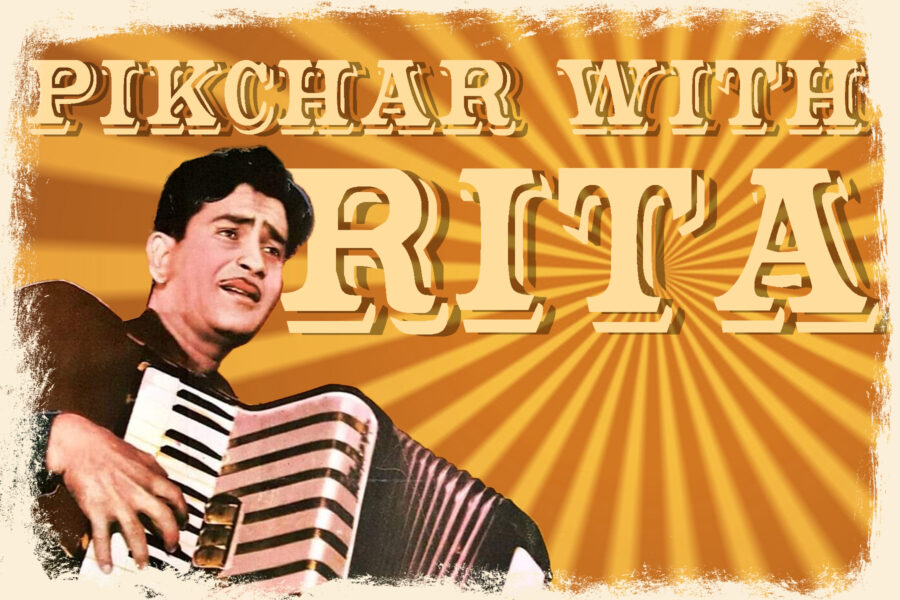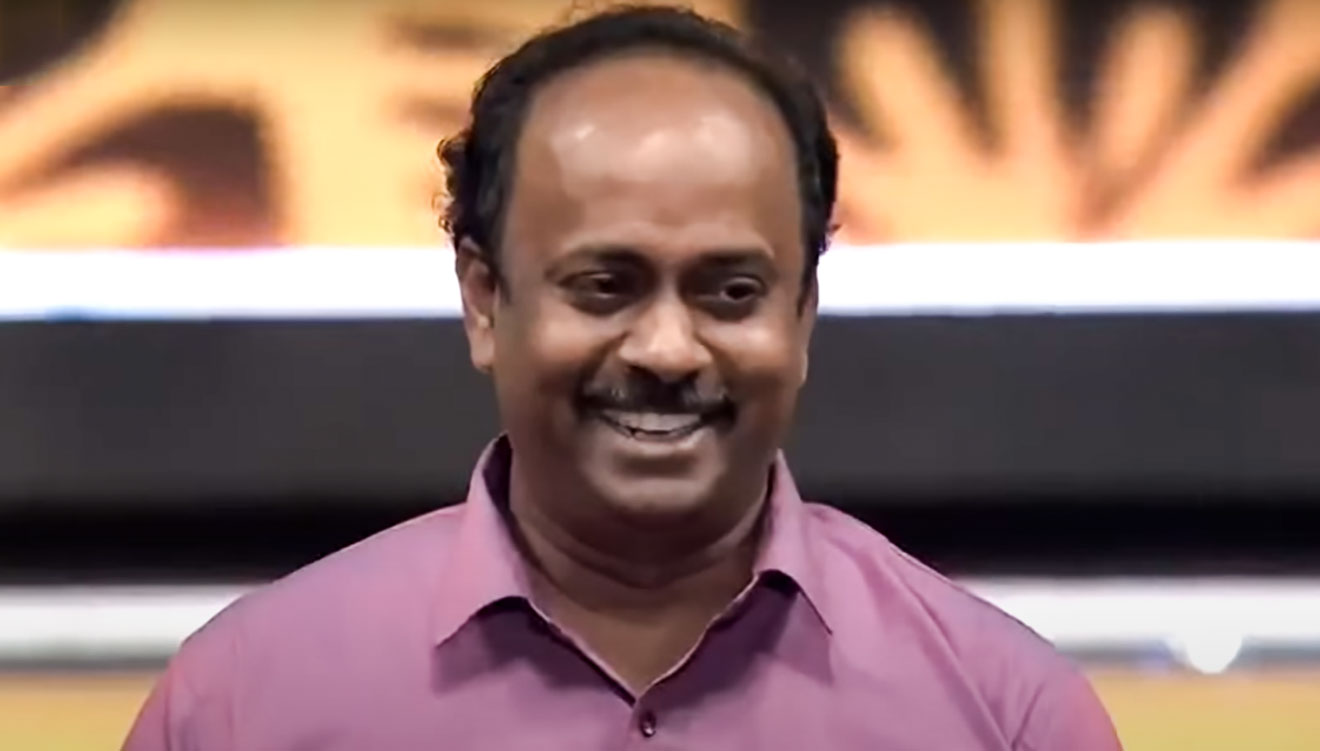When Sundar (Raj Kapoor) first listens to one of his colleagues in the air force sing the song, Dost dost na raha, pyaar pyaar na raha, he finds it too sad and unrelatable to his own life. Convinced that Radha (Vyjayanthimala), whom he loves dearly, would be waiting for him back home, and his own friend Gopal (Rajendra Kumar) would not let him down, this song of betrayal makes no sense to him. He chides his colleague for singing such a melancholic song. The song re-emerges later in the film almost like a spectre hanging over Sundar’s relationship with Radha, to whom he is now married. This iconic song has been played and re-played by Indians often, and sometimes even in jest. Its success lies in the simplicity of Mukesh’s singing, and the near proximate danger of betrayal in many lives.
The film Sangam (1964) was one of Kapoor’s most successful movies and had the stamp of his flamboyant style, what with overseas locations in Rome, Venice, London and Switzerland. He had the chutzpah to go to places that his contemporaries had seldom gone and he created glamour of the kind that Hindi cinema had generally not found the courage to create. Aside from that, Sangam was a film that celebrated the idea of friendship over romantic love. The trope of male friends in love with the same woman, and sacrificing desire to the altar of friendship is quite common in Bollywood. Surely, scholars have and would do a homosocial reading of the two friends, a matter too obvious from the eyes of the present.
The counterpart to this, that is female friends in love with the same man and making similar sacrifices is rare. However, the edifice of sacrifice which appears to stand on selflessness is actually characterized by the immense self-absorption of the men. This self-absorption is evident in both men in the story, but in very different ways.
As a spectator of today, I found myself aghast at how tone-deaf and impervious Sundar was. One such illustration is the song, Tere mann ki Ganga aur mere mann ki Jamuna ka, sung by Sundar, while Radha is bathing. The stalker-like behaviour is masked by the gentle voice of Mukesh, and the precious and cutesy ways of Sundar, who absolutely refuses to understand both verbal and non-verbal cues. His refusal to ask or understand if Radha loves him in return is made to appear like blind love and sweet obsession, whereas Gopal’s refusal to ask himself if he reciprocates Radha’s love is equally specious.
The signs existed for both men to see – the way Radha dances with Gopal during the song Har dil jo pyaar karega woh gaana gayega. The sheer affect of irritation, almost disgust at Sundar’s obnoxious insistence to be present all the time, bulldozing his way into Radha’s life turns into an avowal of wifely love and commitment when the two are finally married. There is so much here that pushes not just human imagination but even the ethics of love, desire and autonomy of individuals.
Recommended
However, it is the more insidious form of coercion by men over a woman’s body and life that made watching this family an almost unpleasant experience for me. That experience sat uncomfortably next to the perspective of a cultural historian who could also see why it must have worked for my parents’ generation. The sublimation of desire, the wifely commitment and the ‘heroism’ of the two men in combination with glamorous locations foreshadowed a Karan Johar–like ‘feel-goodness.’



